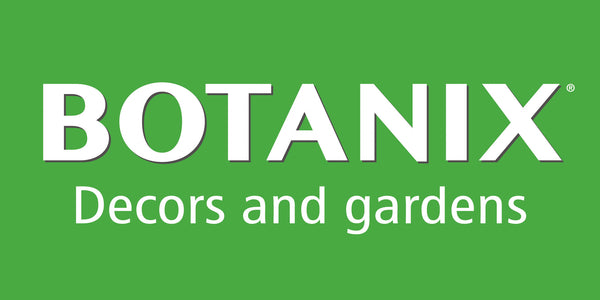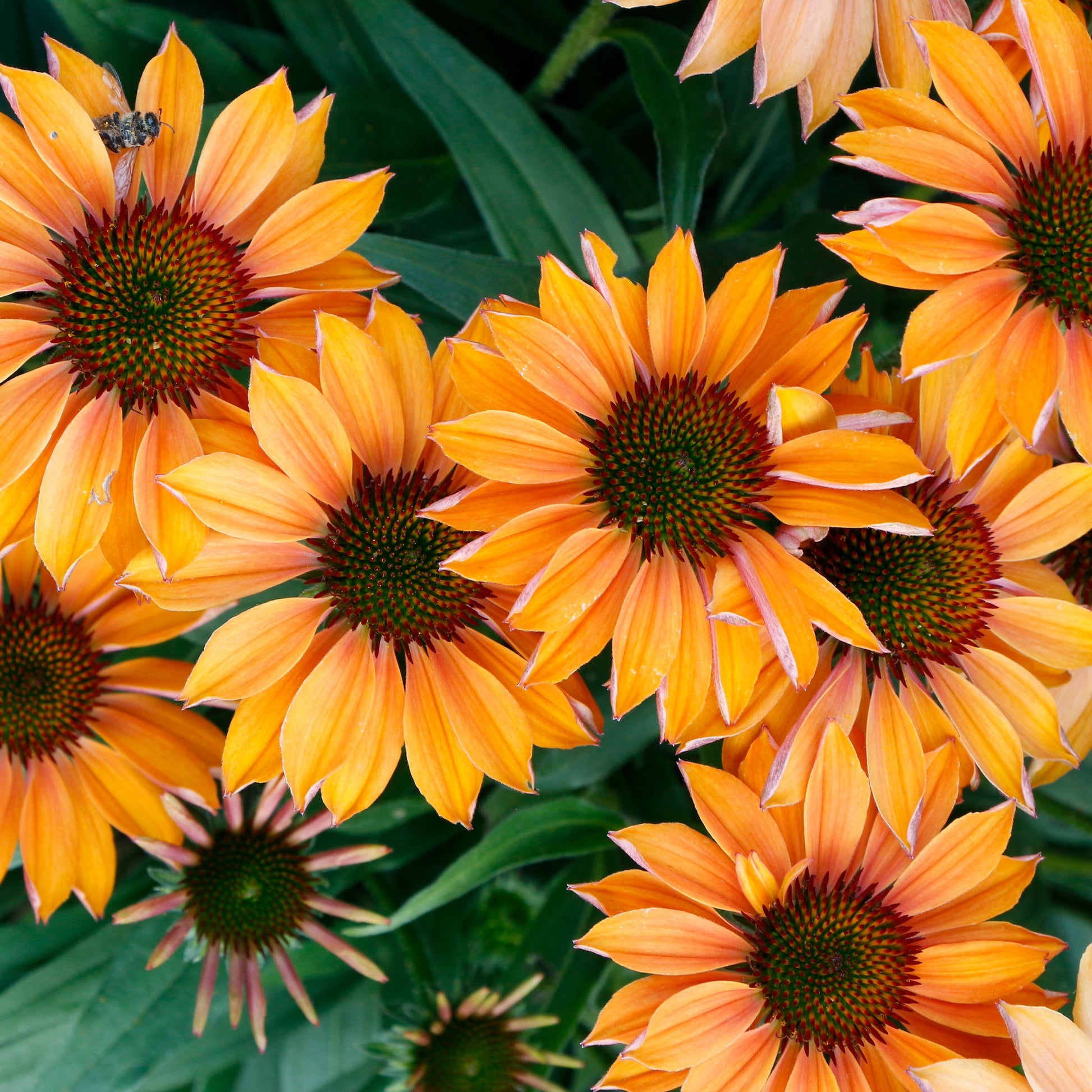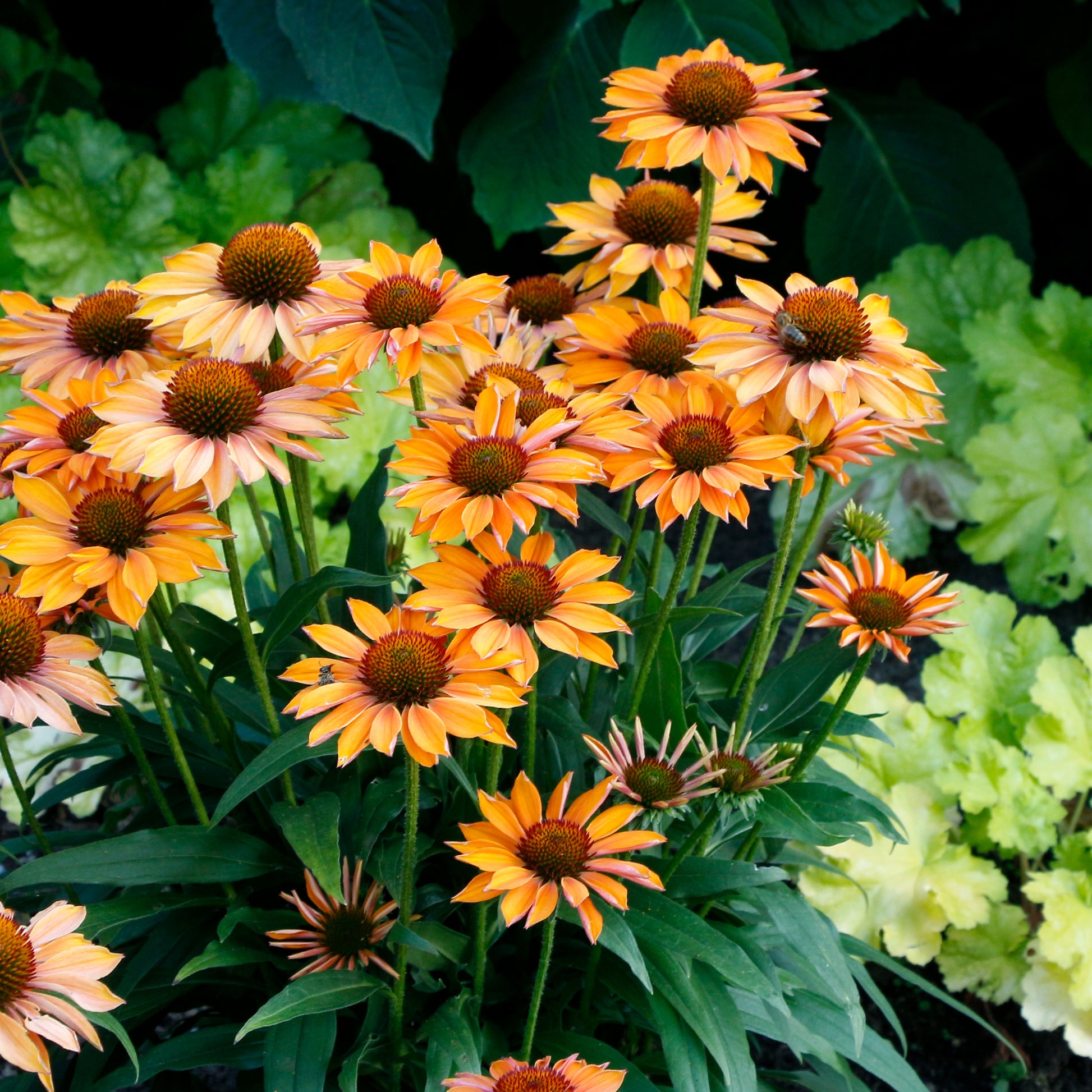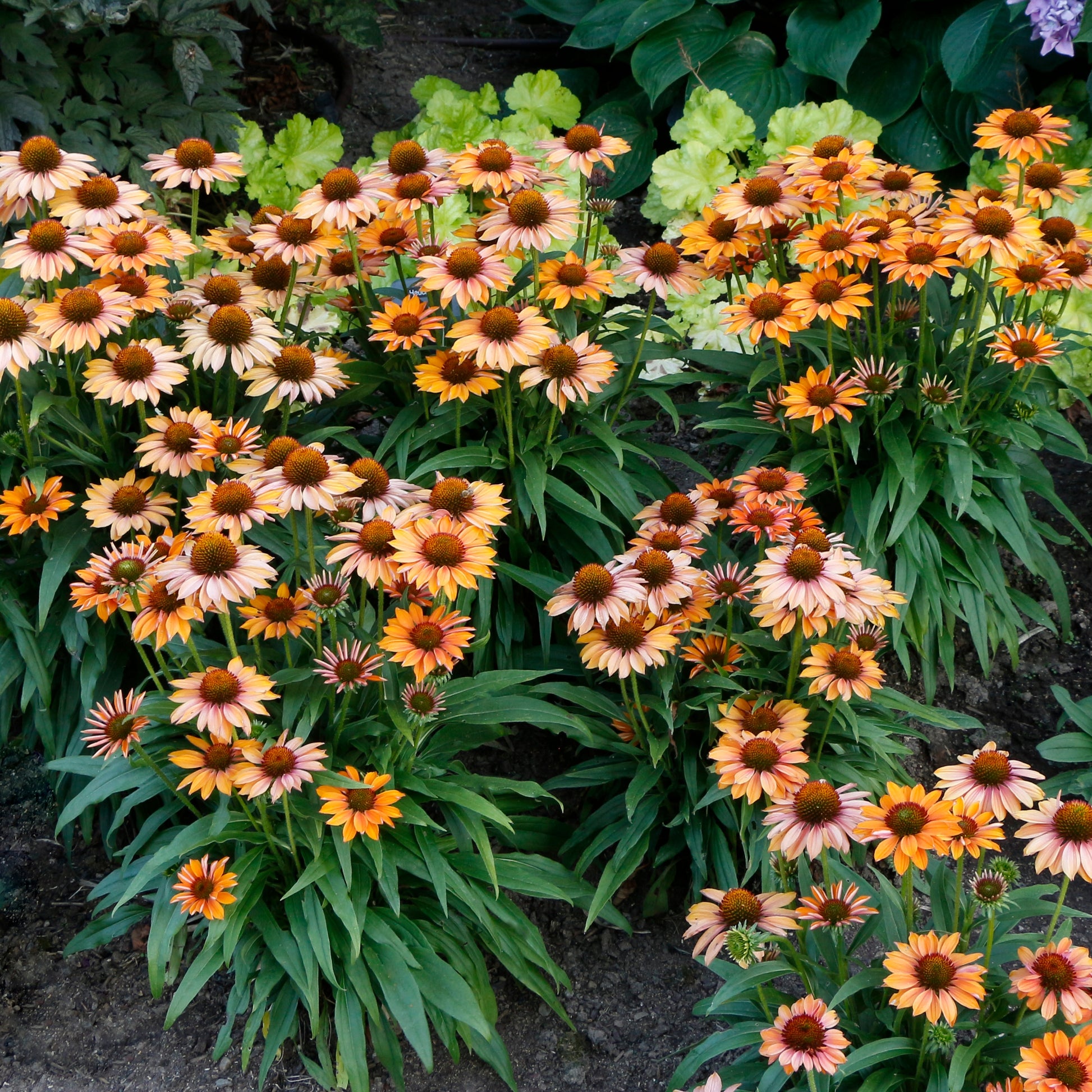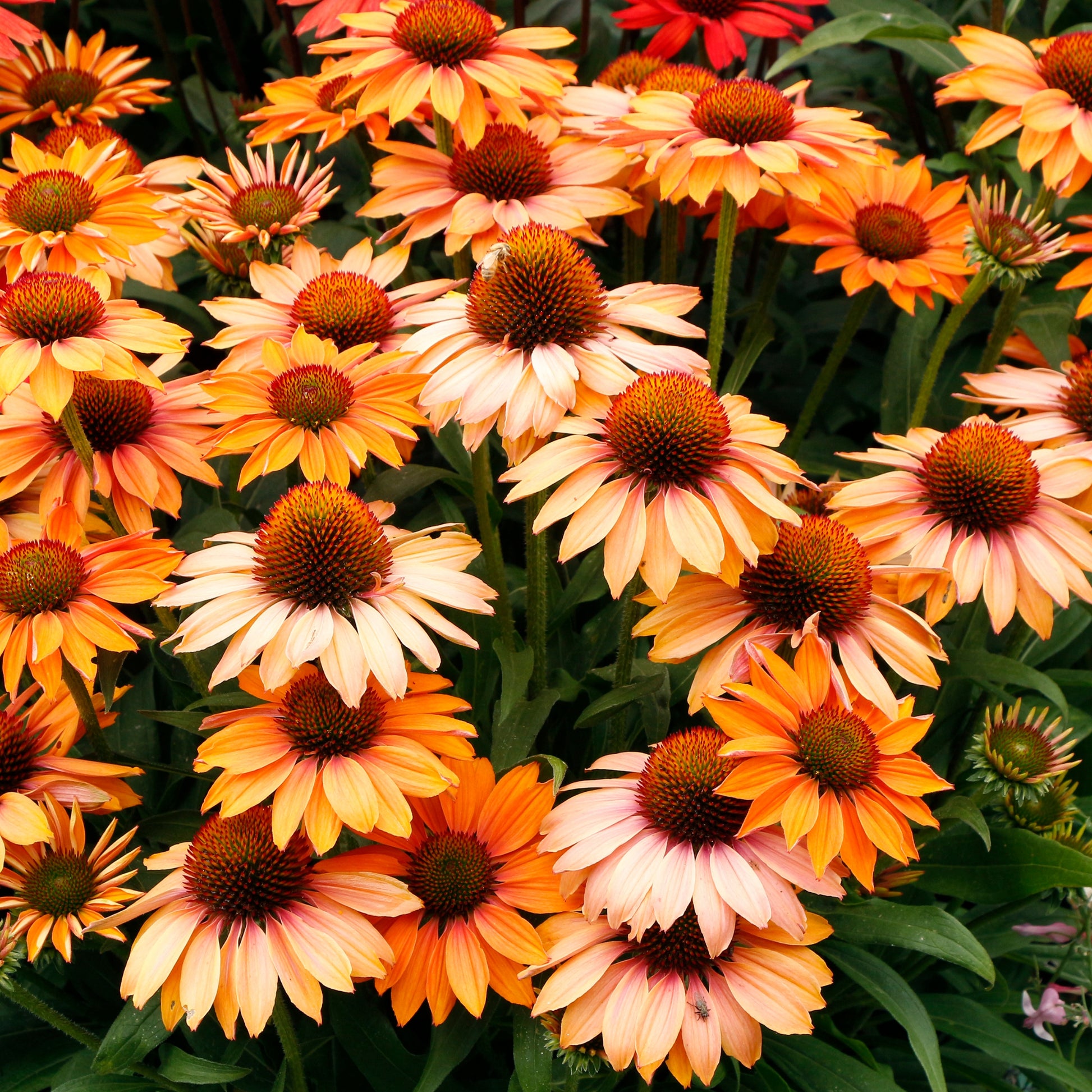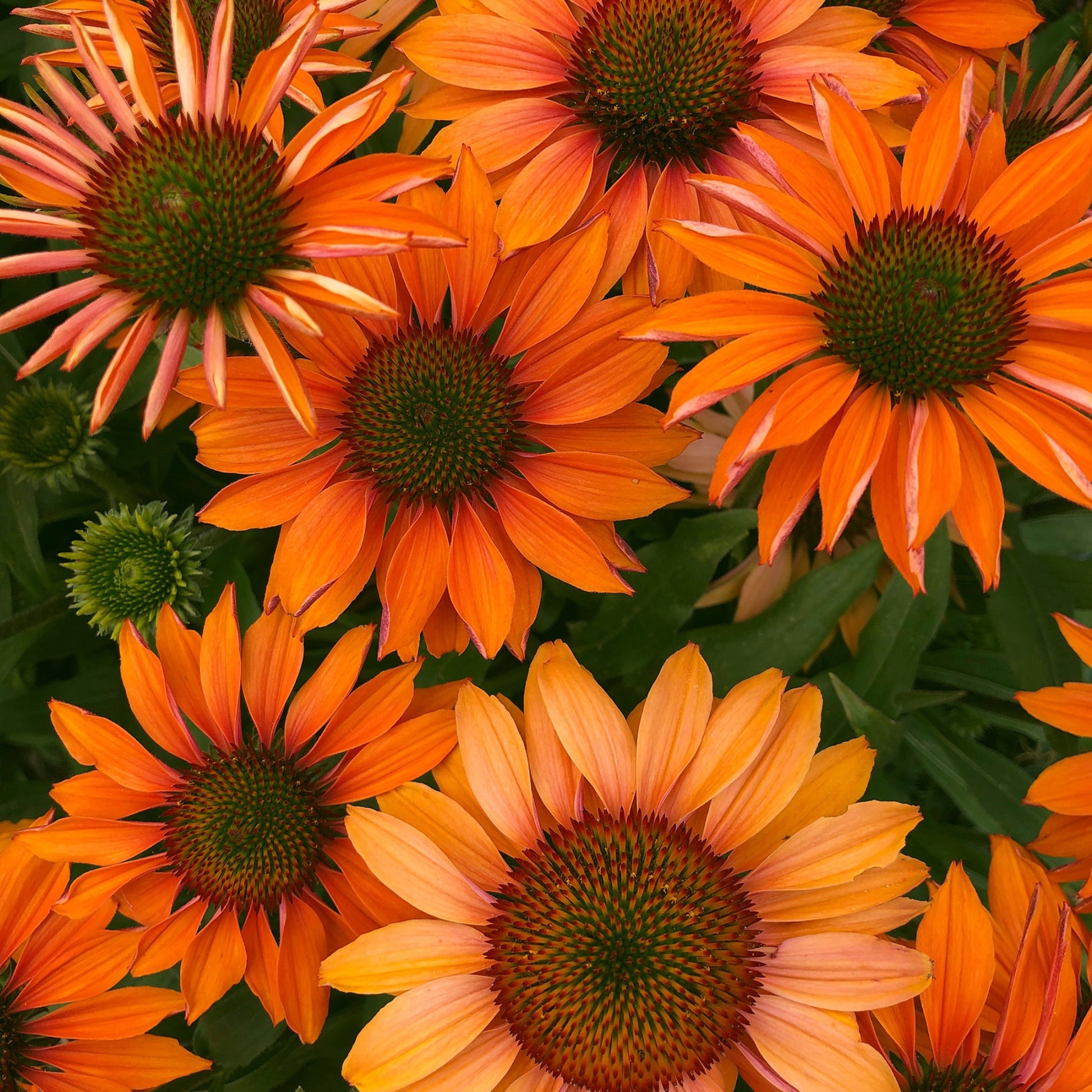Echinacea PRIMA™ 'Ginger'
Echinacea PRIMA™ 'Ginger' - PRIMA™ 'Ginger' or Dwarf Coneflower
Echinacea PRIMA™ 'Ginger' - PRIMA™ 'Ginger' or Dwarf Coneflower
Exposure
- Sun
Rusticity
Bloom time
- June
- July
- August
- September
- October
- Evolving orange to pink blooms
- Ultra-compact and dwarf
- Blooms first year
- Very long blooming period
- Attracts butterflies and hummingbirds
Add a touch of spicy warmth and evolving colour to your garden with the Echinacea PRIMA™ 'Ginger'! This dwarf variety, a true border star, stands out with its charming multi-coloured blooms that open a soft orange before aging to delicate pink tones. Extremely free-flowering from its first year and very compact, it promises a vibrant and long-lasting display, bringing a cheerful touch until the first hard frost.
Characteristics
- Foliage: Dense green foliage, forming a compact, clumping habit with multiple crowns. Foliage is deciduous (disappears in winter).
- Flowering: Produces charming multicolored blooms whose ray petals start a soft orange (or golden-tangerine) and age to a pink tone, held horizontally around caramel-colored cones. Blooms the first year, early in the season, and continues abundantly until a hard frost (June through October).
- Light Requirements: Needs full sun (6+ hours per day) for maximum flowering and optimal colouration.
- Habit: Extremely short, clumping habit with a mounding shape.
- Growth: Fast growth rate. Reaches a mature height of approximately 30 cm (12 inches) and a spread of 38 cm (15 inches), with a flower height of about 40 cm (16 inches).
- Humidity: Requires average water needs. Tolerates drought once established.
- Soil: Prefers average soil, coarse, and slightly mineral soils are best. Well-drained.
- Temperature: Extremely hardy and tolerant of heat and humidity. Cold hardy.
- Watering: Average water usage. Once established, it is drought tolerant.
- Resistances: Deer resistant, disease resistant, and pest resistant. Tolerant of hot and dry sites. Humidity tolerant.
Usage
- Types of Use: Very versatile. Excellent for borders, mixed beds, mass plantings, and containers. Good for cut flowers. Beneficial for pollinators, attracting butterflies and hummingbirds. Its seed cones provide nourishment for birds in winter.
- Decorative Benefits: Its evolving flower colours bring a warm and bright touch. Its compact habit makes it an ideal plant for the foreground or small spaces. It offers prolonged visual interest from early summer until frost.
Maintenance
- Fertilization: An annual application of compost in spring can promote healthy growth and generous flowering, but it is tolerant of average soils.
- Pruning: Deadhead spent flowers to encourage new growth and prolong the bloom. Leave flower cones in place in the fall for winter interest and bird food.
- Planting:
- Spacing: Approximately 30 to 38 cm (12 to 15 inches) apart to allow for proper clump development.
- Depth: Plant at the same depth as it was in its container.
- Period: Spring or early fall are the best times for planting.
Plant details
Dimensions
Dimensions
Characteristics
Characteristics
Habit:
- Compact
- Mounding
Flowering colours:
- Orange
- Pink
- Red (shades)
- Multicolored
Plant needs
Plant needs
Watering:
- Tolerates dry, well-drained soil
Maintenance:
- Easy
- Deadhead (spent flowers)
Soil requirement:
Features
Features
Resistance:
- Heat
- Cold
- Drought
- White-tailed deer
- Diseases
- Pests
- Humidity
Attract:
- Butterflies
- Hummingbirds
- Pollinators
- Birds
Use:
- Border
- Mass Planting
- Flowerbed
- Container
- Cottage garden
Attribute:
- Long Blooming
- Cut Flower
- Fast Growing
- Hardy
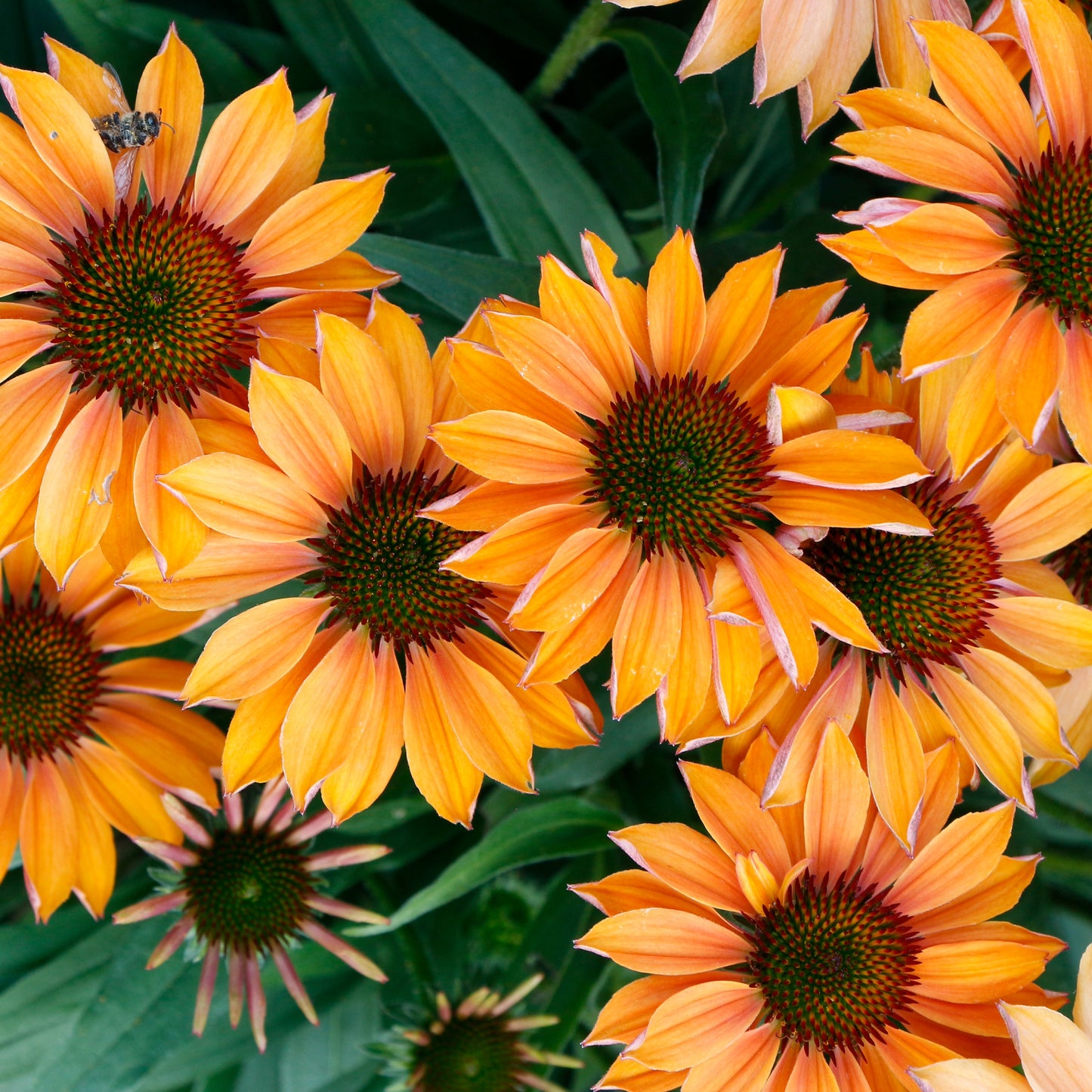
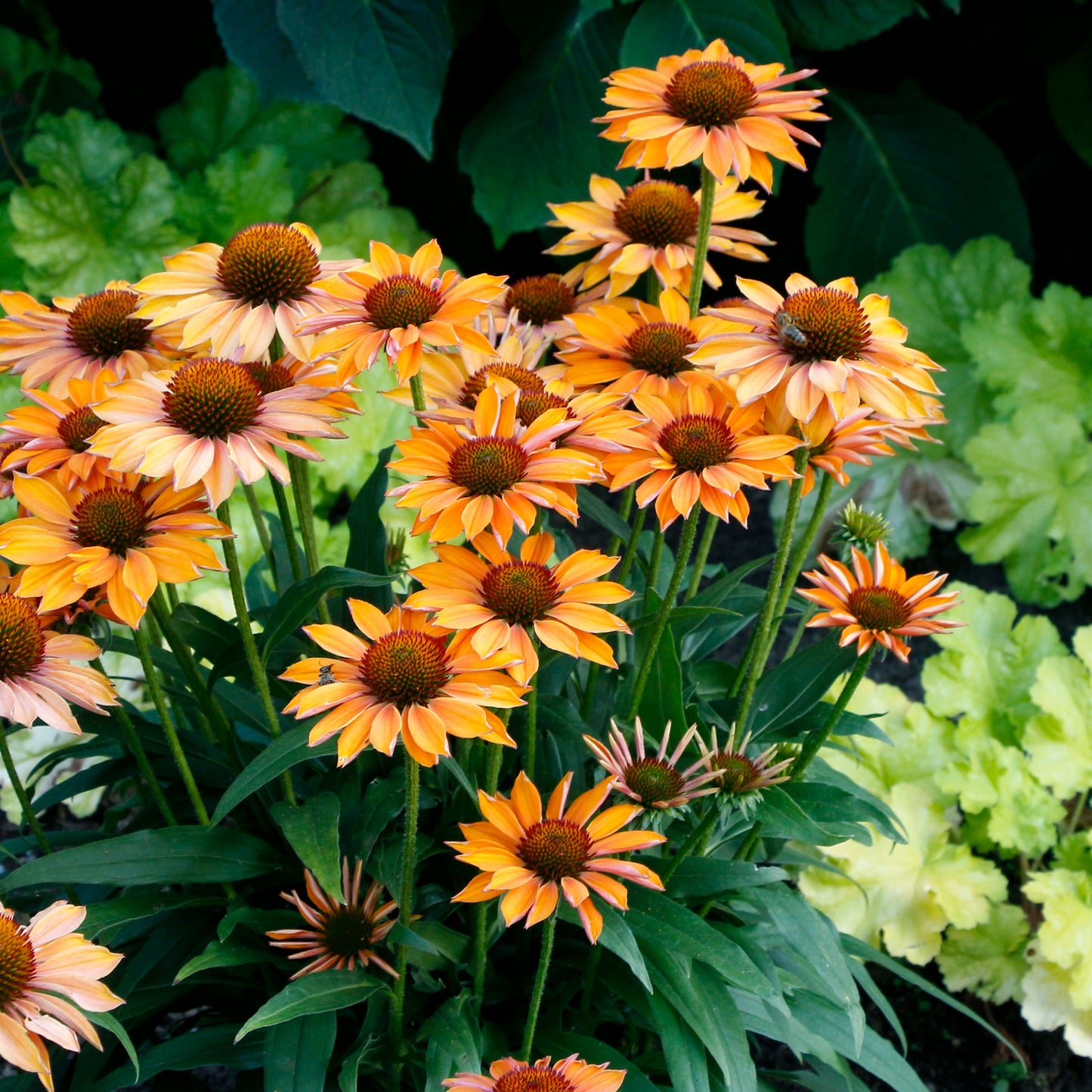
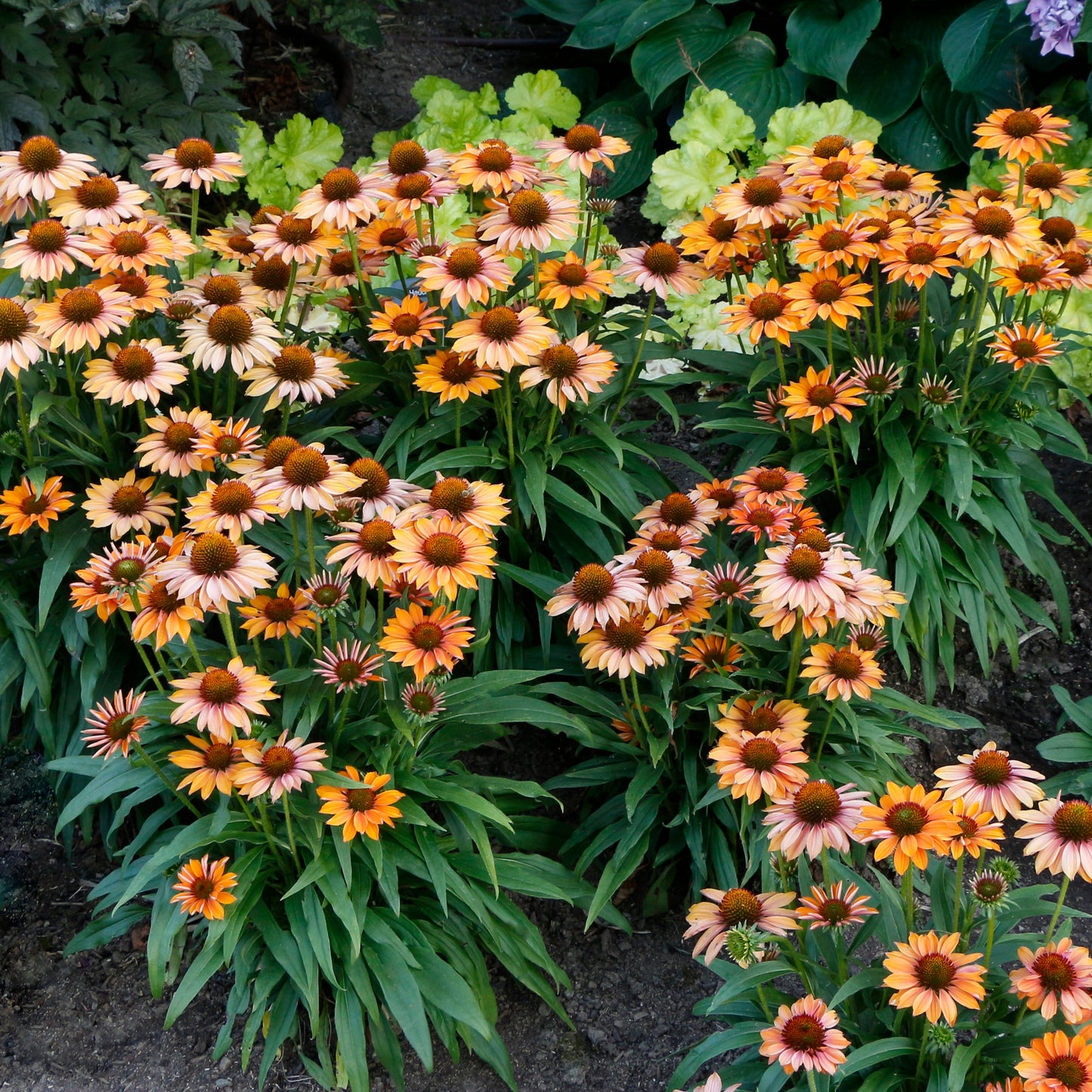
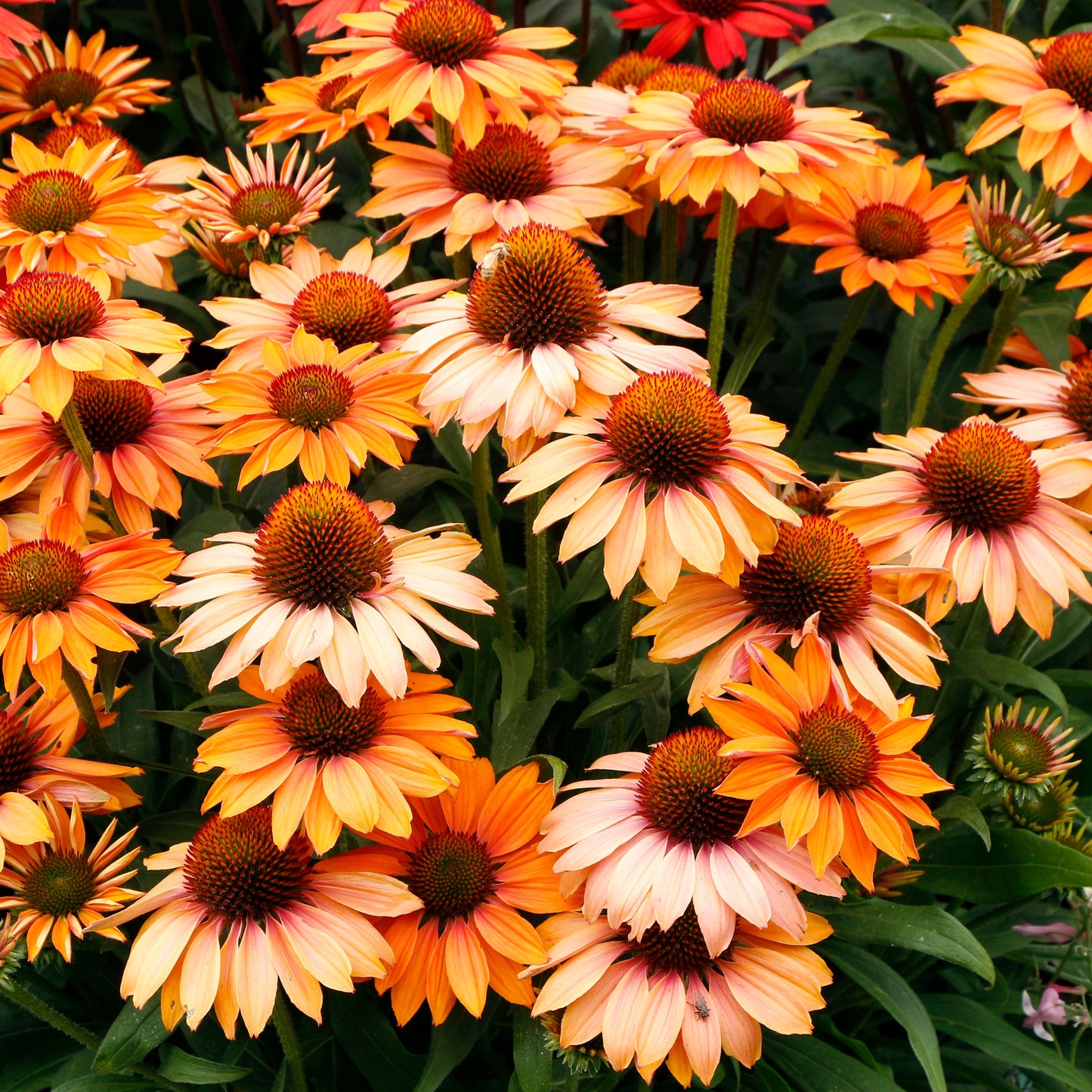
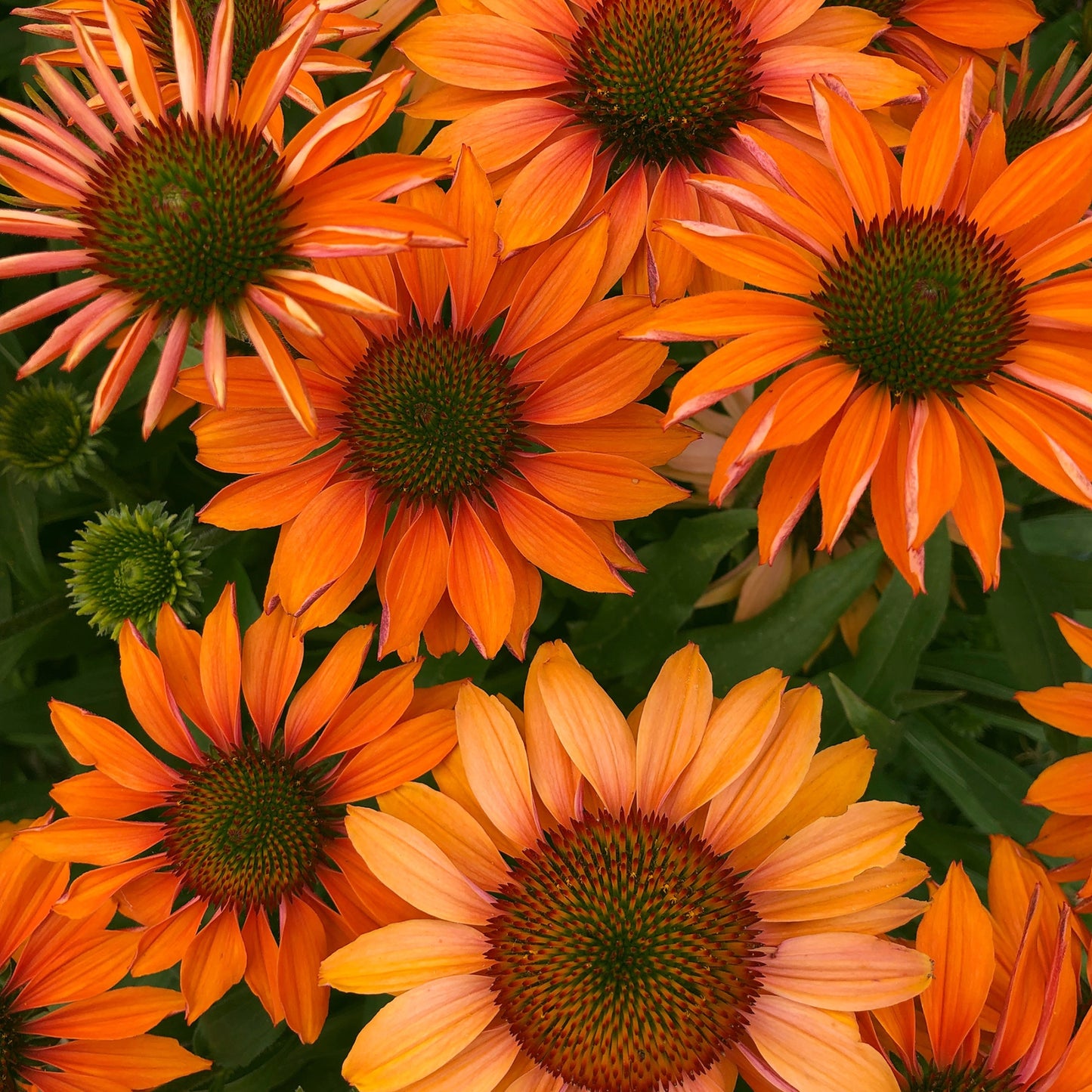
Related articles
-
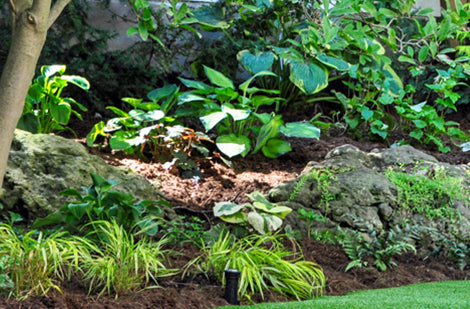
Perennials for all occasions
Read the articleOsez créer des associations inédites qui sauront refléter votre personnalité, même si pour cela vous deviez déplacer certaines vivaces pour mieux les mettre en valeur.
-
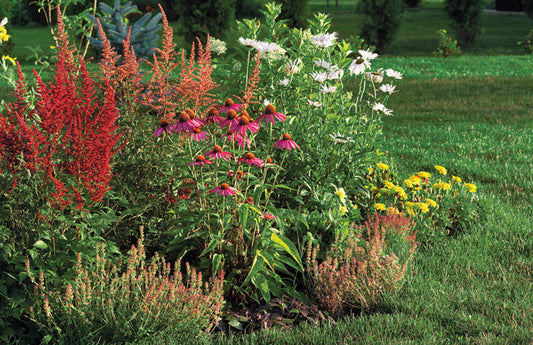
Landscaping with perennials
Read the articleVariétés à découvrir, la tomate se savoure crue, en sandwich, en bruschetta ou en salade. Cuite, c'est l'ingrédient de base de sauces, soupes et salsas.
-
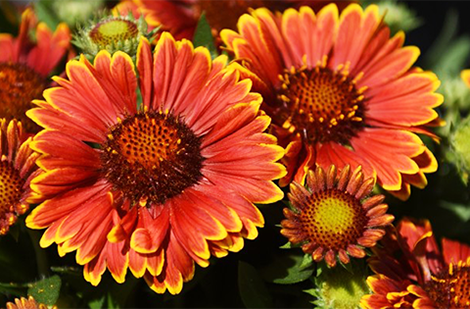
Perennials proper maintenance: cut and fertilize
Read the articleLa grande popularité des vivaces vient du fait qu'après avoir été oubliées pendant des mois au cours de l'hiver, elles réapparaissent sur la scène plus énergiques et surprenantes que par...
-

How to plant perennials in your garden
Read the articleEn pénétrant au jardin, ce sont souvent les plantes vivaces que l’on remarque en premier. Un massif de sauges, d’hémérocalles, d’astilbes, d’échinacées ou de lavande offre un spectacle d’une beauté...
